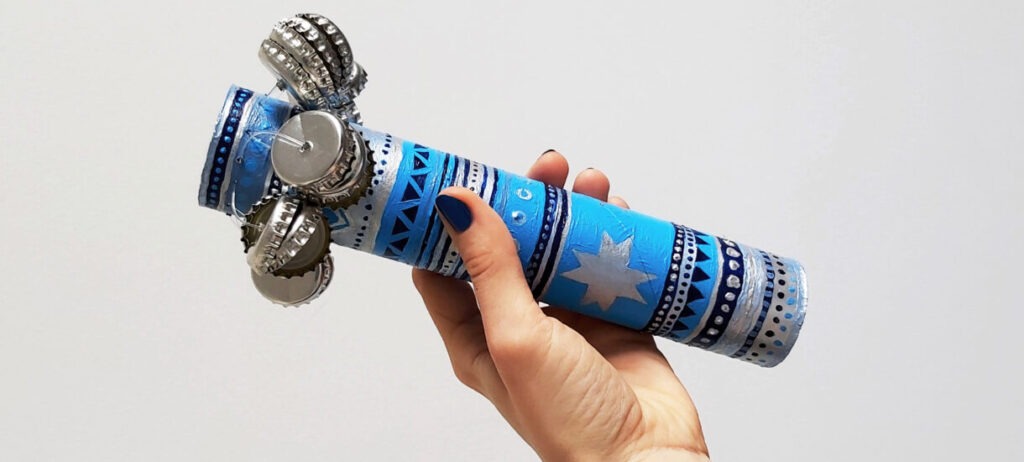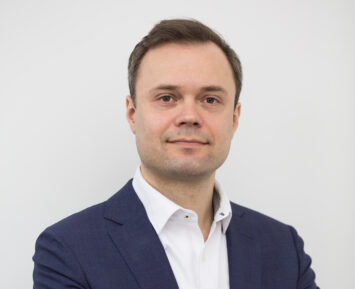Baltic children’s culture festival in Iceland April 20 – June 14
2021/04/20

Between April 20 and June 14, the Baltic Children’s Culture Festival takes place in the Nordic House in Reykjavik.
Nordic House celebrates children’s culture by presenting Baltic culture in a creative way in collaboration with people with a Baltic background. During the festival’s first week, school groups are invited to a collage workshop inspired by buildings from Vilnius, the capital of Lithuania. Lithuanian artist Jurgita Motiejūnaitė will tell the story of buildings and guide children in creating their own collage. The works of art from the collage workshop will be exhibited at the Nordic House entrance and the resulting exhibition will run until the end of the children’s culture festival on 14 June.
Nordens hus offers various events during the Baltic children’s culture festival. To name a few, there is an instrument workshop where children learn about Džingulis, a Lithuanian (Latvian – Trīdeksnis) percussion instrument and a fairy tale and series workshop about a Lithuanian folk tale about žaltys – a water snake. The Nordic House Library will also offer storytelling sessions in Lithuanian and Latvian, and books in those languages will be available at the library in collaboration with Móðurmál, an organization for bilingualism. Books from the Lithuanian publishers will be among the selected books.
The Nordic House in Reykjavik is a cultural institution opened in 1968 and operated by the Nordic Council of Ministers. Its goal is to foster and support cultural connections between Iceland and the other Nordic countries. To this end the Nordic House organizes a diverse program of cultural events and exhibitions.
The house is the venue for front row activities in the Icelandic cultural calendar: Reykjavík International Film and Literary Festivals, Iceland Airwaves and The Nordic Fashion Biennale—launched by the Nordic House.
The Nordic House is designed by acclaimed Finnish modernist architect Alvar Aalto (1898-1976). The house is one of his later works, a hidden gem among the better-known masterpieces, and features most of Aalto’s signature traits. These are evident in the ultramarine blue ceramic rooftop that takes its organic shape from the mountain row in the background, the central well in the library and the extensive use of tile, wood and white plaster throughout the building.
Alvar Aalto also designed the furnishings in most of his buildings. In the Nordic house, all installed furnishings, lamps and almost all of the furniture are by Aalto.
